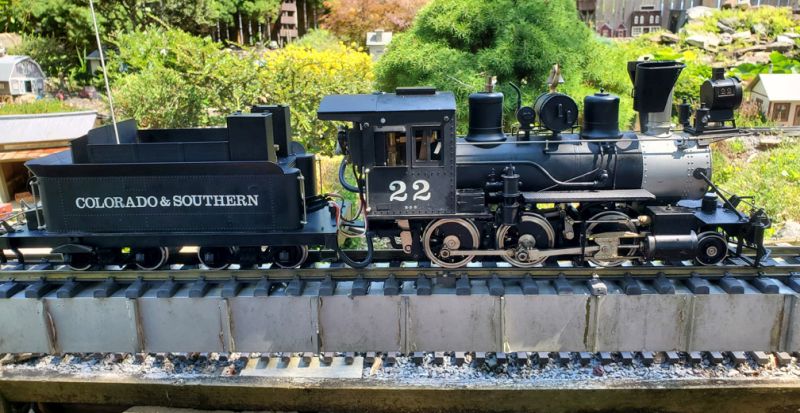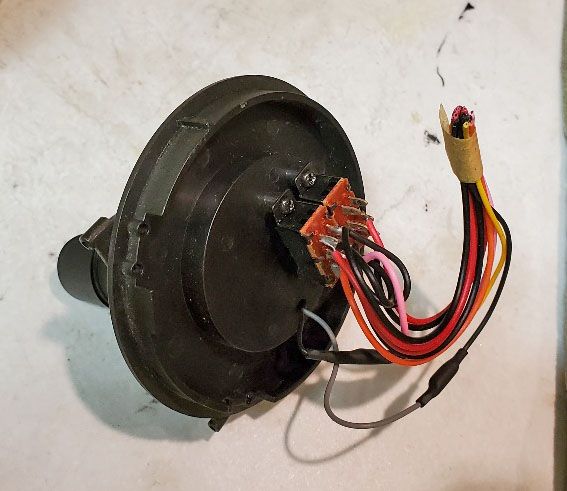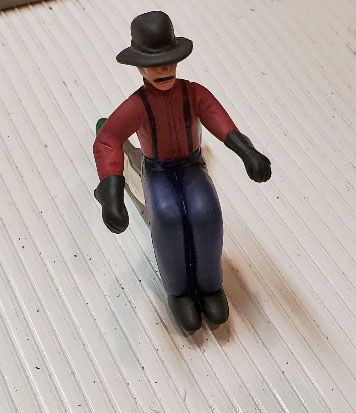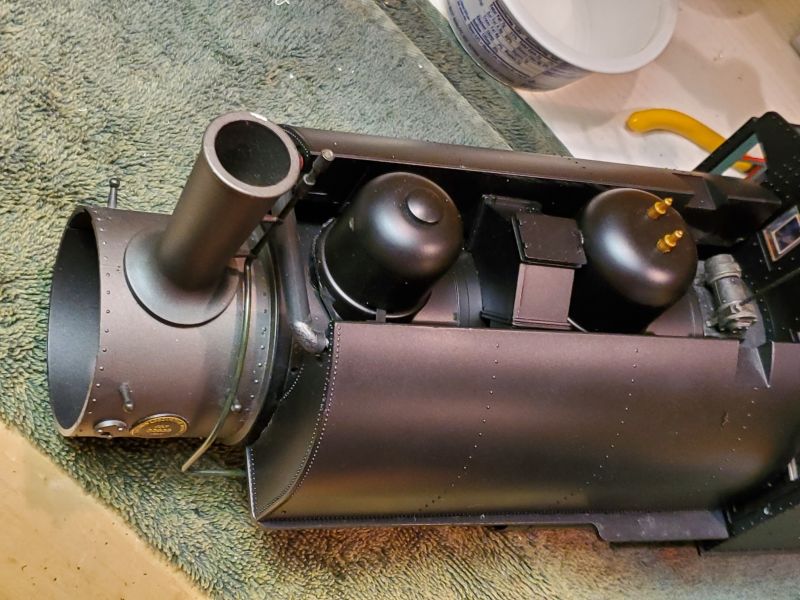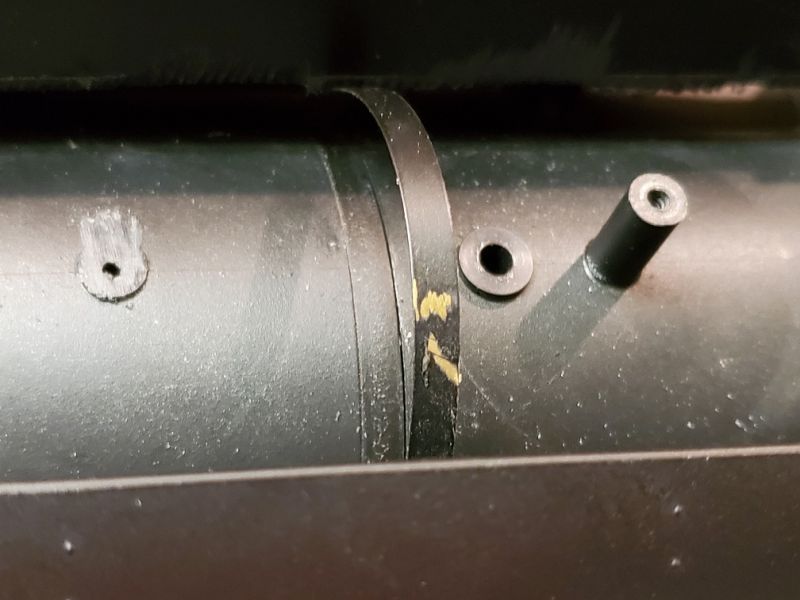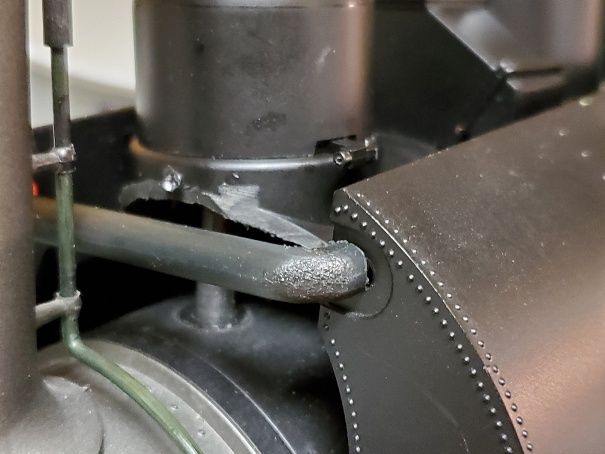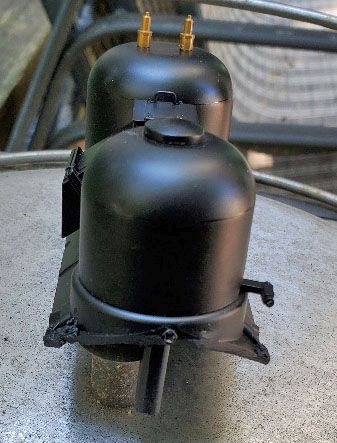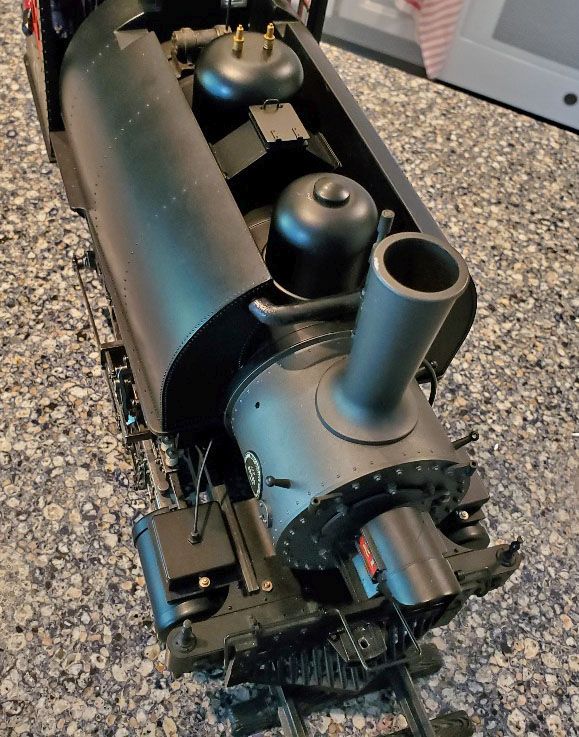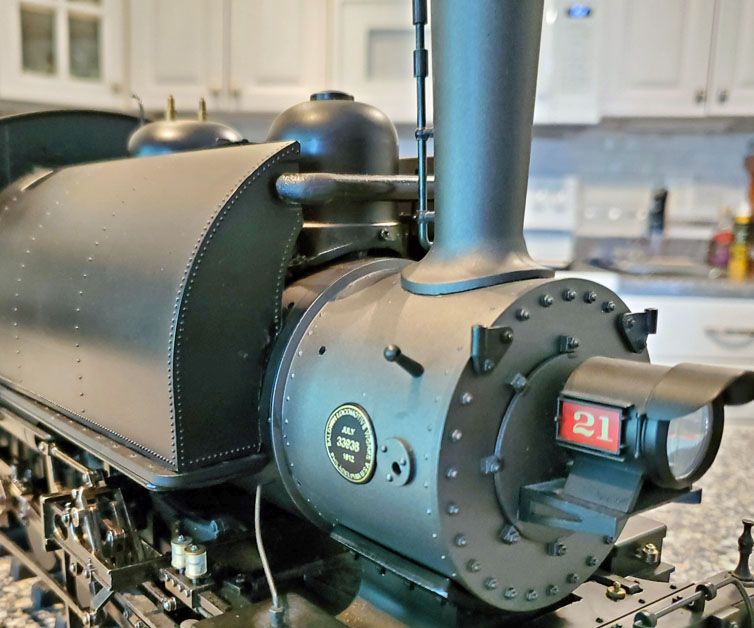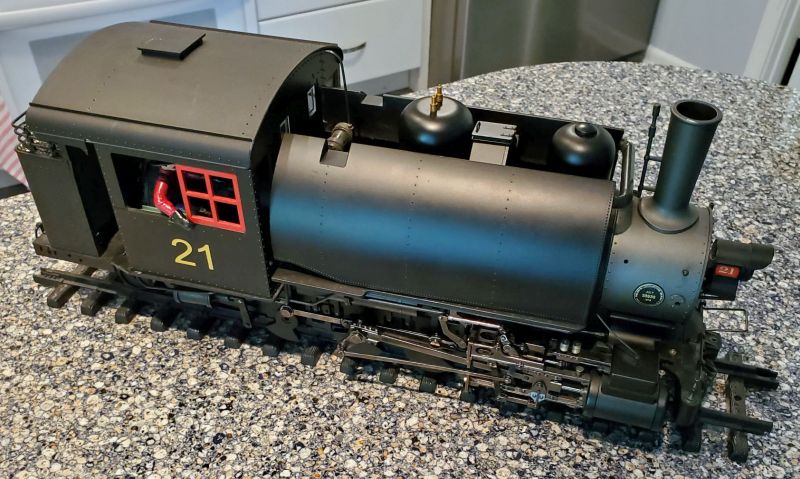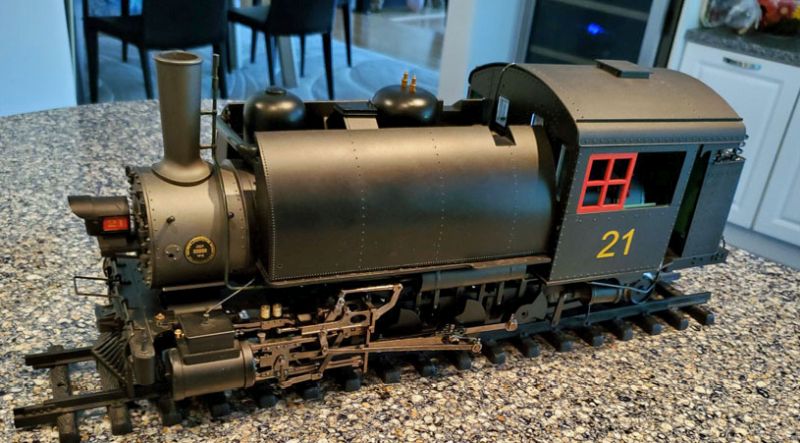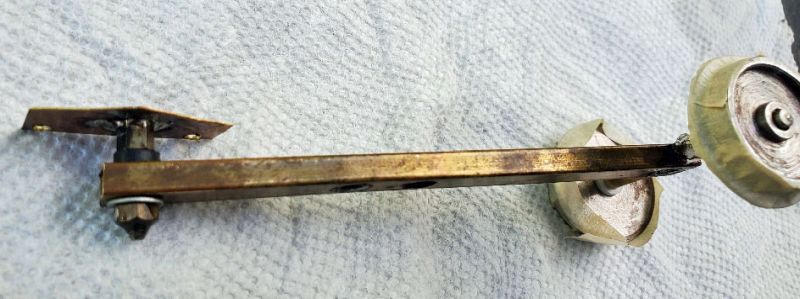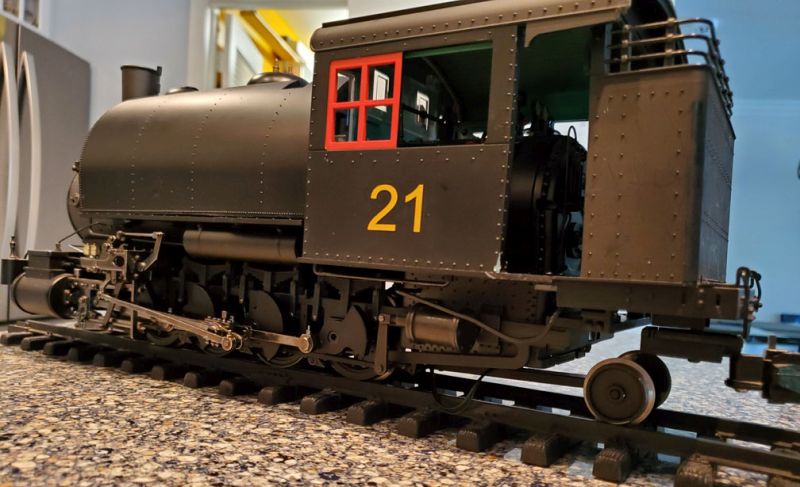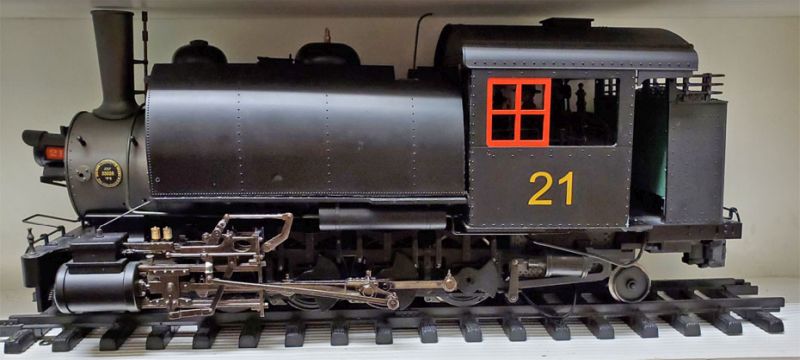I spotted this unusual construct on FB offered by a guy from the UK. It was incomplete, but looked like an interesting project. I thought it looked like Hammond Lumber #17, which is now running on the Mt Rainier Scenic RR.

This is what he sold me:
.jpg)
.jpg)
.jpg)
Eagle-eyed viewers will recognize the origins as a Bachmann 2-8-0, The side tanks come from the Baldwin 2-6-6-2, as does the rear coal bin.
Unfortunately, the seller couldn’t find a cardboard box - this is how NOT to pack a heavy loco for transport:

As I pointed out to him, without an exterior box, the weight of all the other boxes in the truck are resting entirely on the locomotive. And the inevitable result:
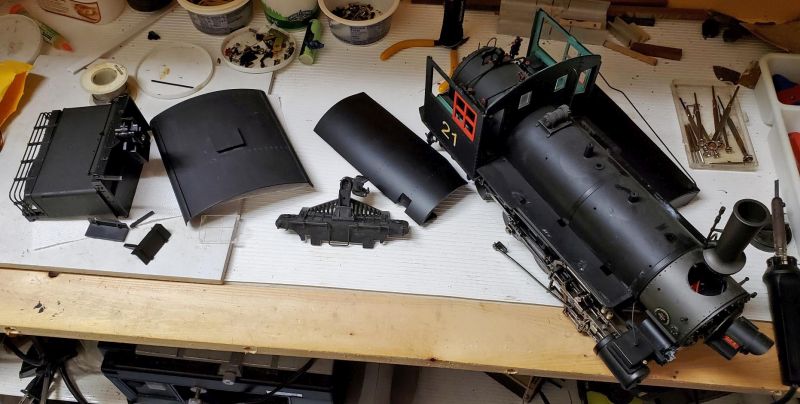
Practically speaking, very little was broken. The rear brakeman’s steps [why does Bachmann always make them so fragile? You’d think they’d have learned to put metal frames/straps on them?] The rest of the parts were things he had glued together - not one glued joint would stick.
The worst part was that the eccentric crank was broken due to the packaging. Fortunately, Al sold me a spare set of valve gear so it is repairable.
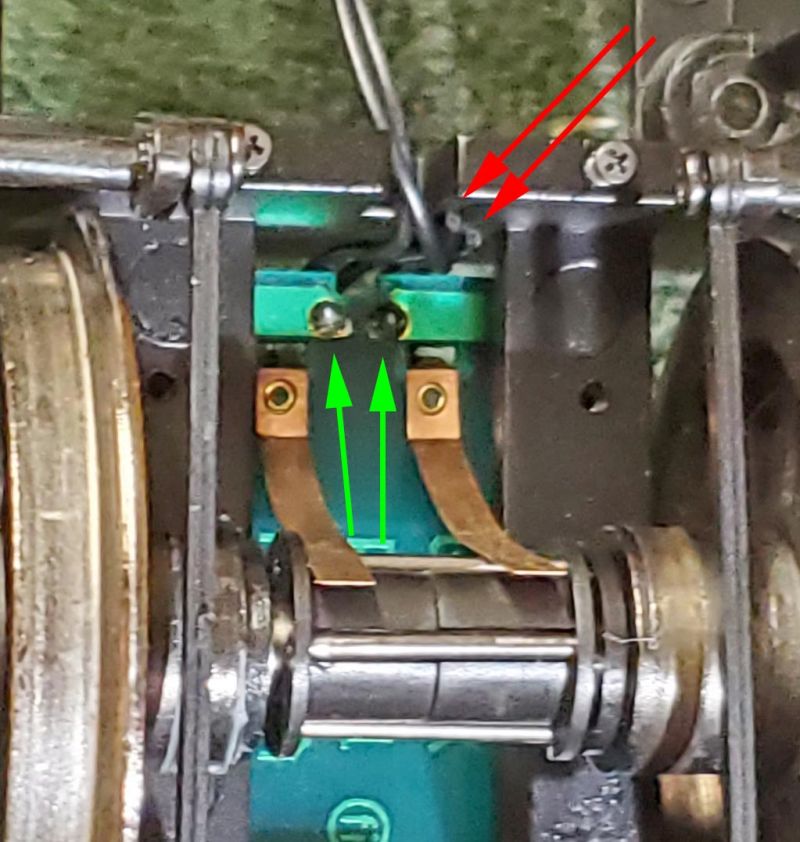
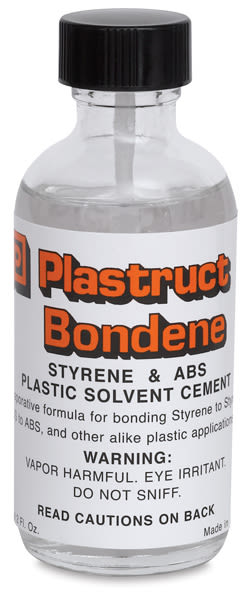
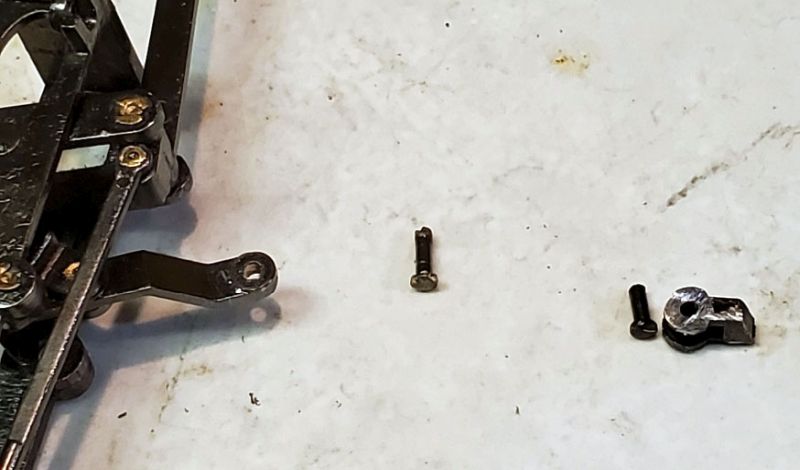
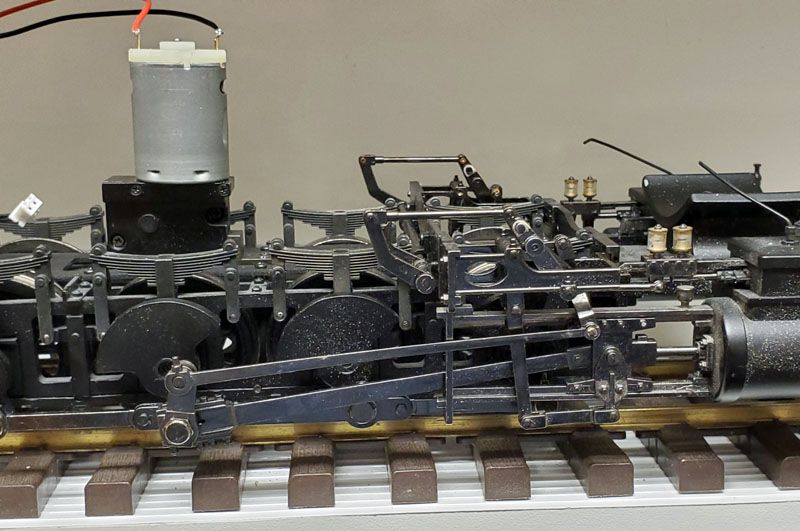
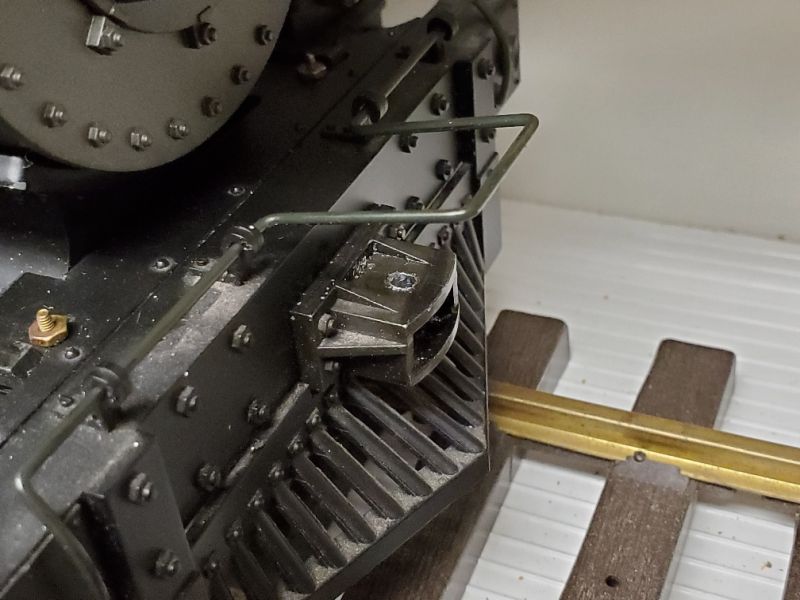
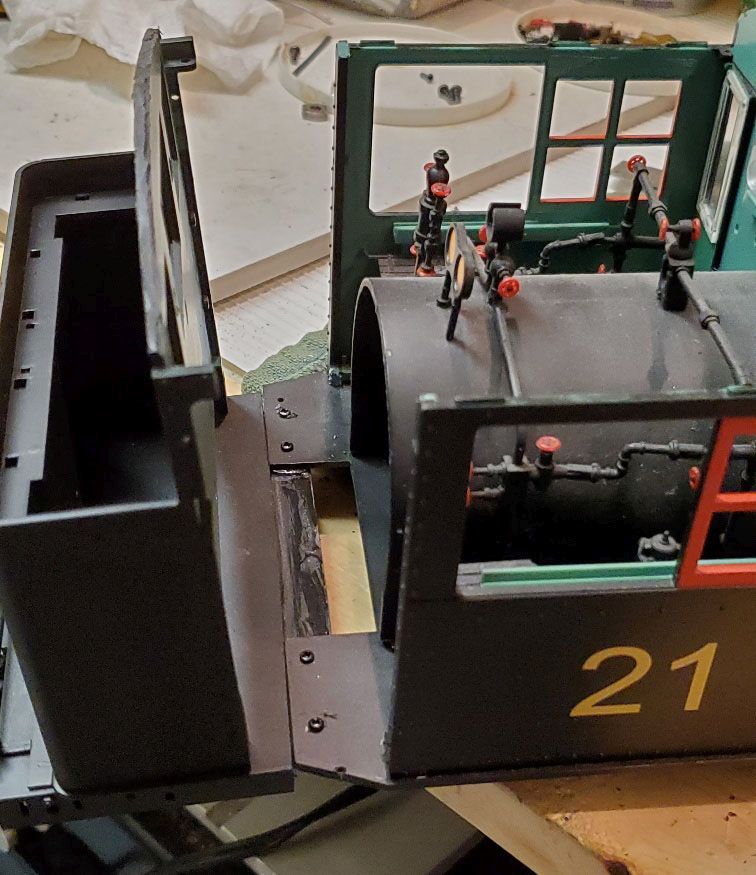
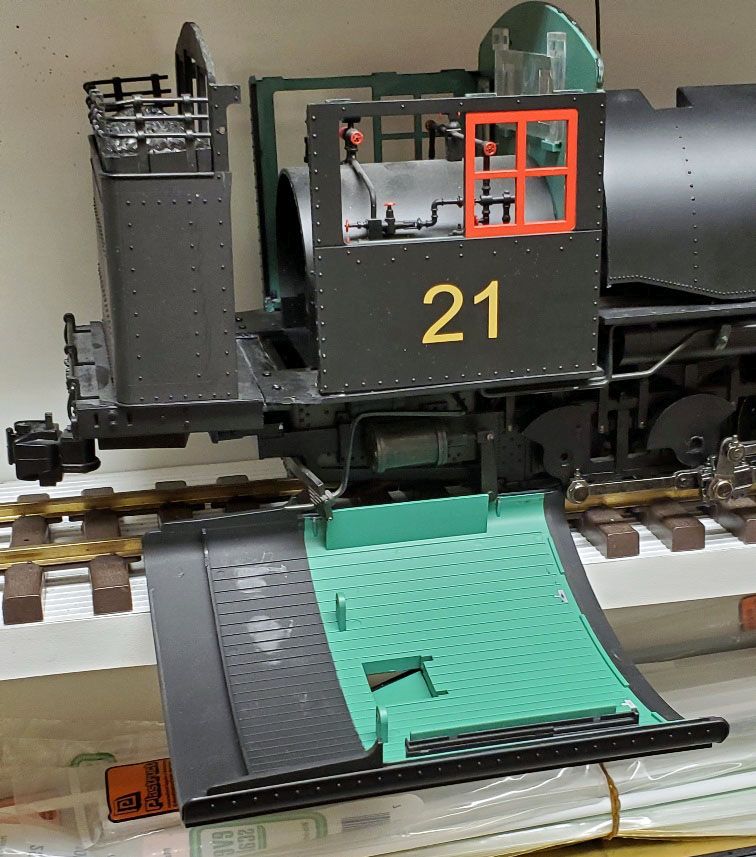
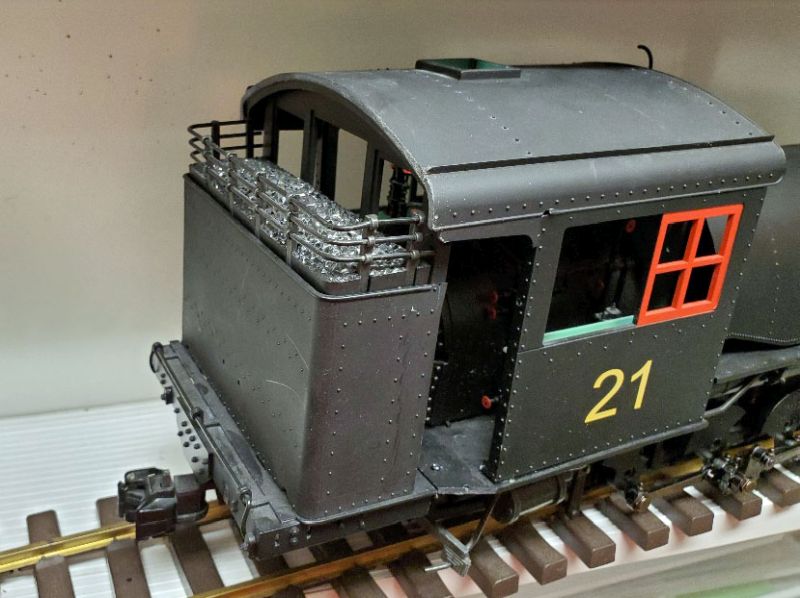
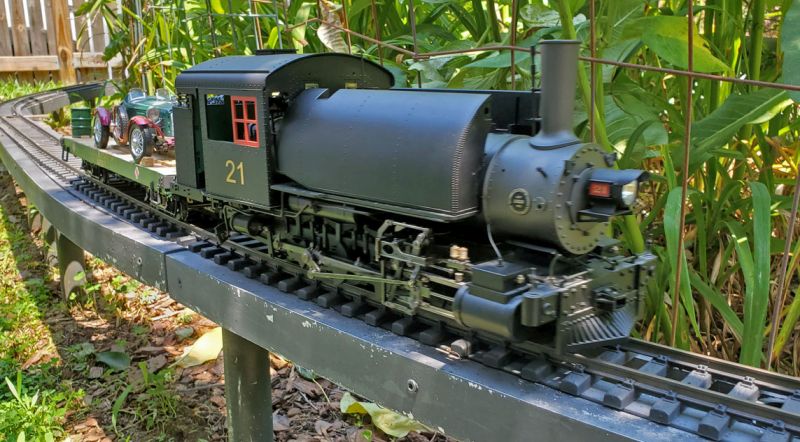
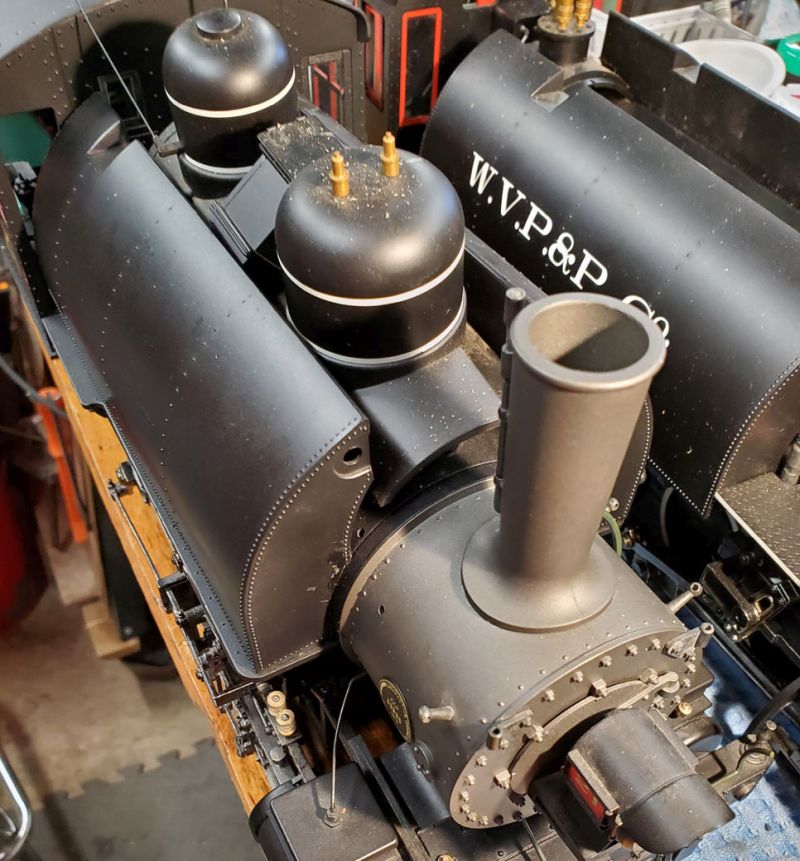
 .
.